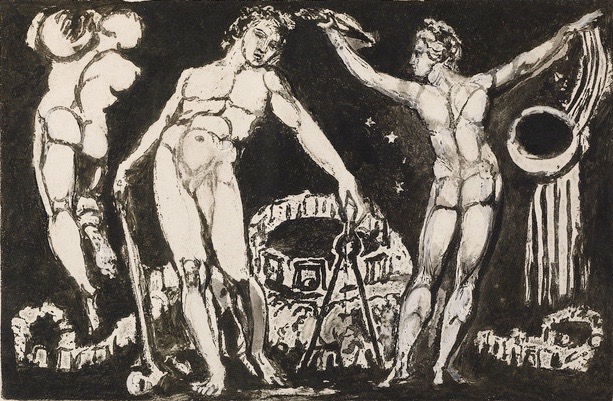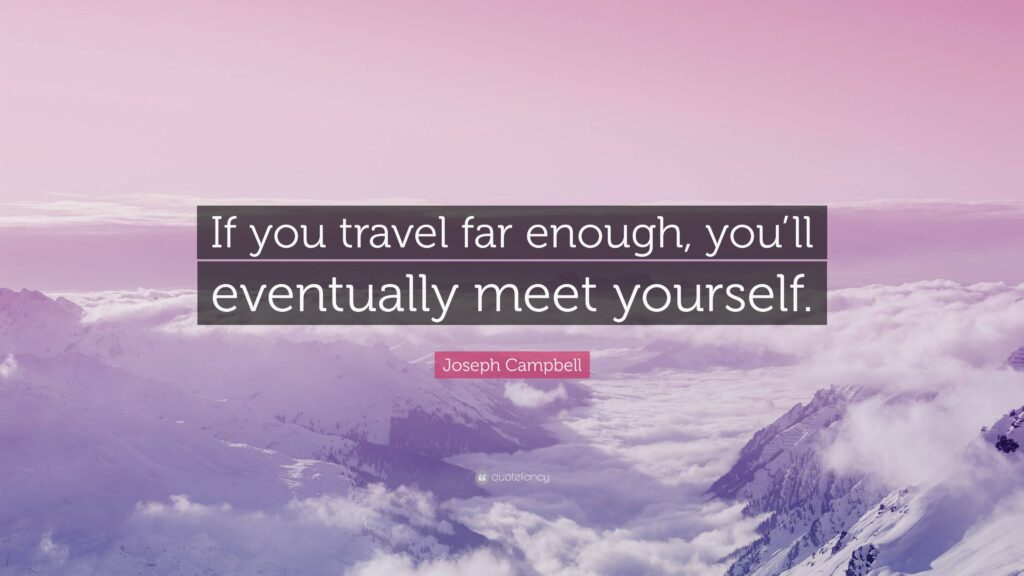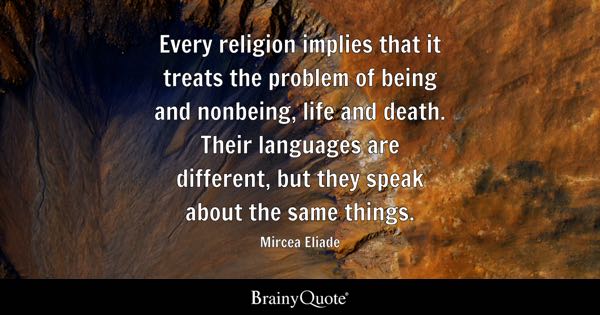Studies:
- General Reading List:
- Mythology
- Psychology
- Philosophy
- History, etc.
- Familiarization with HML materials.
- Self examination and questionnaires
(Jungian Persona test, for example). - Introductions to Yoga.
Tasks:
- Read Liber OZ
- The Aspirant must meditate.
- Focusing on introspection.
- Mastering the ‘Sign of Silence.’
- Contemplating the Tarot Trumps: Lamed & Aleph (LA)
- Starting Yoga.
- Working with the word AGAPE.
THE HORUS MANDALA Wherein the Mask of Horus is Danced by the Aspirant I) HOOR-PAAR KRAAT
I will be adding a series of texts commenting on the working zonules of the Horus-Maat Lodge, in them expressing my view and experience.
I shall begin by commenting on the study of mythology.

In the first instance, I have only to recommend that while the student explores the subject freely, he or she keeps in mind its very nature and also the polarities that are thereby assigned.
Mythology, while being a collection of myths that were arranged and organized, can only survive as a system if properly hardwired, and by that, we mean if the system works in harmony and is arranged universally.
So the first aspect to have in mind is the universal aspect, in which the characters, items and events depicted by mythology are what some have called archetypes, on one hand, that is, ideas in the matrix of collective cognition, and on the other hand, cosmic principles and cosmic effects.
In our studies, then, I recommend that we consider what we are studying in the cosmic light, in the collective light, and finally in a personal light.
A good example of a cosmic interpretation of the universe is science, with its intricate mythology. But we need not limit ourselves to science in the study of cosmic dynamics.
Light, for instance, is a cosmic principle, it exists as electromagnetic radiation and transmits spatial and temporal information.
By this scientific realization, we are immediately taken to the archetype of light: light brings about cognition, awareness, order. It awakens consciousness. This is true for one person and all persons, and this truth is the collective experience of the idea we call light.
Some people, however, feel good under the light of the stars, and others feel scared of its dimness and immensity. Some enjoy the bright sun and feel safe under it, and others feel scorched and prefer the soft light of the shade. This is the personal aspect of light, and unlike the archetype or the cosmic aspect, it is relative instead of universal.
We can see, then, that the cosmos transmits the archetype, and the archetype oscillates into the personality.
There are constructive and destructive forces in the cosmos, positive and negative poles in the collective, and good and bad exist on a personal level.
The personality can align itself with the good of the collective and align the collective with the good of the cosmos since for the personality good exists.
On the other hand, the personality can turn against its source and align itself with what is bad for the collective and the cosmos.
We easily conclude, in this way, that mythology can be used as a powerful tool that harnesses energy from the primordial to the collective and from the collective to the individual. It can be used for good or bad, and history testifies for periods when many religions used it poorly. The job of the Maatian priest is to study mythology and turn its gears toward the good of the collective (whose good is the common good, the good of nature and the cosmos).

One of my first resources in understanding the nature of mythology was the works of Joseph Campbell (check his ebooks in the Joseph Campbell Foundation), namely the four volumes of The Masks of God and The Hero with a Thousand Faces.
In The Masks of God, Campbell highlights the unity of humankind not only biologically but spiritually and in spiritual history.
Like me, Joseph Campbell seems to believe that the spiritual symphony expressed by world mythology might be used poetically for inspiration and reasonably for reason, or that it can be a dangerous weapon in the hands of madmen toward disaster.
Resuming, Joseph Campbell sets out to do what many hermeticists did, synchronicity in the way the many mythologies of the world connect, finding a universal religion of sorts. The author goes so far as to, in the last book of the series, examine the living mythology of literature, music, and paintings.
Of equal importance is The Hero With a Thousand Faces, for it shows the place of the human individual in mythology or rather the mythology of the human individual and how the journey of each of us is similar because the archetypes that give it rhythm are the same.

Another must-read is Mircea Eliade, from whom you might understand mythology as the history of how reality came into being, no matter if we are speaking universally, or locally, such as the reality of a certain culture in a certain place. It reveals the essential, and with it, the sacred.
The sacred, however, is not a part of the narration, of the history being told about how reality and consciousness came into being, it is an element of consciousness itself, and one we should not find lacking.
As a starting book, The Sacred and the Profane: The Nature of Religion, is advised, for in it are contained most of the seeds of thought left by the author and historian.




